Content Warning: This article contains mentions of rape, sexual harassment, and racism.
John Hughes could be regarded as the best director for coming of age films, having directed some of the most iconic films of the genre like “The Breakfast Club,” “Pretty in Pink,” and “Sixteen Candles.” Hughes has showcased his ability to make films that resonated with and related to teenagers for decades, even long after their releases. When people talk about his films, they seem to become nostalgic for a time they possibly weren’t even alive for. That being said, since their releases, his films have been criticized for some of their numerous glaring problems, often relating to sexism and the treatment of their female characters. Though some acknowledgement of these issues exists, many people seem to blindly enjoy these films with no regard to either the obvious or the subtextual problems.
John Hughes’ films often refuse to give depth to their female characters. Though films like “Sixteen Candles” and “Pretty in Pink” have one leading woman, other female characters are ignored and often stereotyped so the audience will view them as less than the lead. Their lack of depth often diminishes them to mere props for male characters. In “Sixteen Candles,” Caroline is the girlfriend of Jake, who is the main character Samantha’s love interest. In their relationship, Jake is portrayed to be more mature than Caroline and his interest in Samantha — who is a sophomore while he is a senior — is supposed to give him depth.
To the audience, Jake is meant to be this romantic, borderline heroic figure. Because of this, Caroline is intentionally a prop for men so the audience will lack compassion towards her. This way, it’s more acceptable when there are date rape jokes at her expense, and it’s laughable when the allegedly romantic Jake hands her over to another male character while she’s passed out drunk. Caroline and the character she’s handed over to subsequently have sex while she’s intoxicated, which she later says she thinks she enjoyed. “I think in the history of cinema, and particularly of Hollywood, women tend to have less developed characters. They tend to be objectified and sexualized,” says Assistant Associate Professor in The School of Film at Portland State University, Kristin Hole. “They are not often the main motivators of the plot.”
“The Breakfast Club” too, fails its female characters by pushing them into specific roles and not giving them much depth. Throughout the course of the movie, the five main characters attempt to confront stereotypes and reflect on who they really are. The male characters are given some depth and are supposedly not that flawed, requiring very little development in the film, only opening up about their poor relationships with their fathers. The girls, however, are criticized harshly and expected to completely change who they are. Throughout the film, there are constant contradictions in the criticisms of the female characters, like Claire — who the movie labels as the “princess” — being criticized for being feminine while Allison — who is labeled as the “basketcase” — is criticized for a lack of femininity and has Claire’s femininity pushed onto her.
There are countless double standards between the male and female characters as well. The movie condemns Allison’s eccentricities, casually listing them off as her flaws, and then changes her to be more acceptable in the eyes of men. It then encourages male characters’ eccentricities, particularly Bender — who’s labeled as the “criminal” in the film — and depicts them as charming and humorous even though many of said eccentricities are harmful to the other characters.
Another double standard exists between the two most similar seeming characters, Claire and Andy. They exist in the same social circles and both are viewed as popular, but this is only seen as a problem for Claire, and it’s brought up to belittle her frequently; for Andy however, this is barely mentioned. Claire is criticized the most of any character while Andy remains unscathed. While some of these critiques have some ground and potential to be meaningful since she’s privileged as a wealthy high-status white girl, it falls short of much meaning since most of the criticism just comes from her love interest, Bender’s, antagonism. The film tries to portray Claire as cold and stuck-up for turning down the advances of Bender.
Films like “The Breakfast Club” romanticize sexual harassment and further the idea that women aren’t merely uninterested; they’re playing hard to get. In a disgusting scene where Bender can see up Claire’s skirt while hiding under a table, he attempts to sexually assault her — and yes, there is an up-the-skirt-shot of the underaged character, though they did at least hire an adult actress for the shot since Molly Ringwald, Claire’s actress, was a minor at the time. Bender, in the end, is rewarded for his behavior towards Claire and it’s played off saying she was secretly unbothered by his often sexually charged advances since they get together in spite of his nonstop sexual harassment towards her, and after he makes a joke about raping her. This portrayal of “romance” encourages the idea that women enjoy this kind of attention and normalizes men sexually harassing women they’re interested in romantically.
At the end of the film, Allison and Andy also get together. Throughout the film it’s heavily hinted that Andy has feelings for Allison, however, he doesn’t pursue her until her appearance is changed entirely. Following Allison’s infamous makeover scene in which Claire wipes off Allison’s eye makeup and replaces her black and gray clothes with a frilled pink blouse and flowery white headband, Andy is only then able to court Allison and admit he has feelings for her.
“Pretty in Pink” has a similar scene involving the owner of the record store where Andie (not to be confused with Andy from “The Breakfast Club”), the main character, works. The owner of the record store, Iona, has a style that seems like a combination of various ‘80s alternative subcultures, but at the end of the movie, she fully changes how she dresses because she meets a man and wants to pursue a more serious relationship with him. It’s a common theme in Hughes’ films that women should be willing to change themselves to fit the mold of what society views as a “respectable” woman to earn the affections of men, which is ironic as his films try to center outsiders.
Compared to the other Hughes films starring Ringwald, the sexism in “Pretty in Pink” leans more tame and less surface level, but there are still harmful messages. In a scene where one of Andie’s love interests, Duckie, sexually harrasses two girls in the hallway, the film seems to try to garner audience sympathy for Duckie. The girls laugh at him then one slaps him in what seems to be a poor attempt at giving the viewer the idea that Duckie isn’t popular at the school, he’s socially awkward and also somehow the victim of this situation that he created. Throughout the film, both of Andie’s love interests overstep boundaries with her and pressure her to say yes to them. Blane, the other love interest of the movie, and Duckie seem to think they are entitled to Andie in some way. In the film, Blane pressures Andie to go to a friend’s party with him even when Andie knows it won’t bode well for her since his friends are cruel to her. Then, when they finally leave the party and she wants to go home, he tries to pressure her to let the date continue.
The problems of John Hughes films don’t just end at sexism. In each of the films discussed, both the f-slur and r-slur are used against a character at some point — granted this is common in many films from this period, but that doesn’t make it okay. In “Sixteen Candles,” the most off putting thing is the horribly offensive character, Long Duk Dong, who is a racist caricature of Chinese people. His name and the way he speaks, all created by a team of white writers, are used to make jokes at the expense of Chinese people. The racism is so blatant, from gong sound effects any time Long Duk Dong speaks, to multiple characters repeatedly referring to him as a “weird Chinese guy.” Along with that, there are also more offhanded racist remarks in “Sixteen Candles,” specifically in an interaction between Samantha and her friend where Samantha clarifies that she wants a black car and a “pink guy.”
John Hughes created classic coming of age films that are considered must-watches by countless people. Each of his films have objectively iconic scenes and imagery — like the dancing in “The Breakfast Club” and frankly, any of Molly Ringwald’s outfits. Hughes tried to create coming of age films to relate to the outsiders of the world and spread the belief that no one’s that different from each other. It could be said that he succeeded in this goal too. After all, the movies have struck a chord with people for years, solidifying them as a favorite for multiple generations. His films also have humorous moments that have been quoted and referenced for decades and will continue to be for decades to come, but also some that aged very poorly. It can be argued that the movies are great; after all they can be funny and in some ways still carry relevance — it just also needs to be accepted that they’re a product of their time.
These films may be nostalgic and, at times, funny, but they are riddled with rape culture, racism, and other biases. They are films written mostly by men with white middle class America in mind. Whether we want to admit it or not, films have the ability to impact our views. They have the ability to reflect our culture and also to shape it; this is why it’s important to be critical when consuming media. While it’s just fine and perfectly normal to enjoy media that isn’t flawless in every way, and has some outdated stances, the audience needs to be willing to acknowledge these flaws and not defend them, so as to not perpetuate the ideas that make the media problematic. And when these issues impact people in a group the viewer is not part of, the viewer must be aware of why the media could make people in these groups uncomfortable. “We get stories that are told from a dominant perspective and it’s not even necessarily always intentionally malicious,” says Hole. “It’s just when someone is situated in a position of say, privilege or power, and the way they see the world is through their experience.”
As the audience, we have the power to raise our expectations and demand more from films currently coming out. “Young people are on board with [diversity] now. They want to see more directors of color, they want to see more queer directors, they want to see nonbinary directors, they want to see […] more female directors, and I think that that is part of how we start to have stories that haven’t been told,” says Hole. As viewers, we should get to sit back and enjoy the film we consume, but it’s also necessary we be critical to avoid repeating, and further normalizing, representational issues in film so that going forward, movies can be easily enjoyable for everyone, not just the cishet white men who have been catered to for decades.
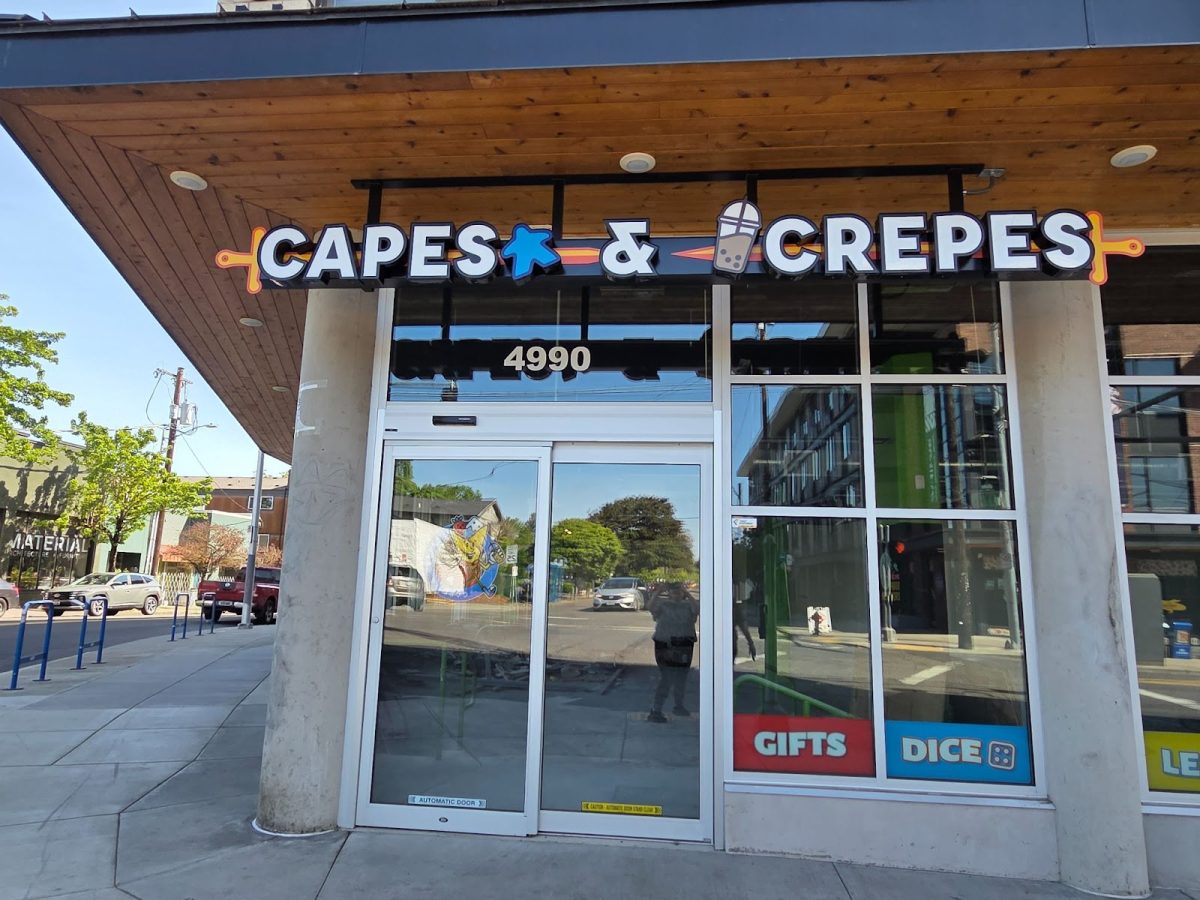










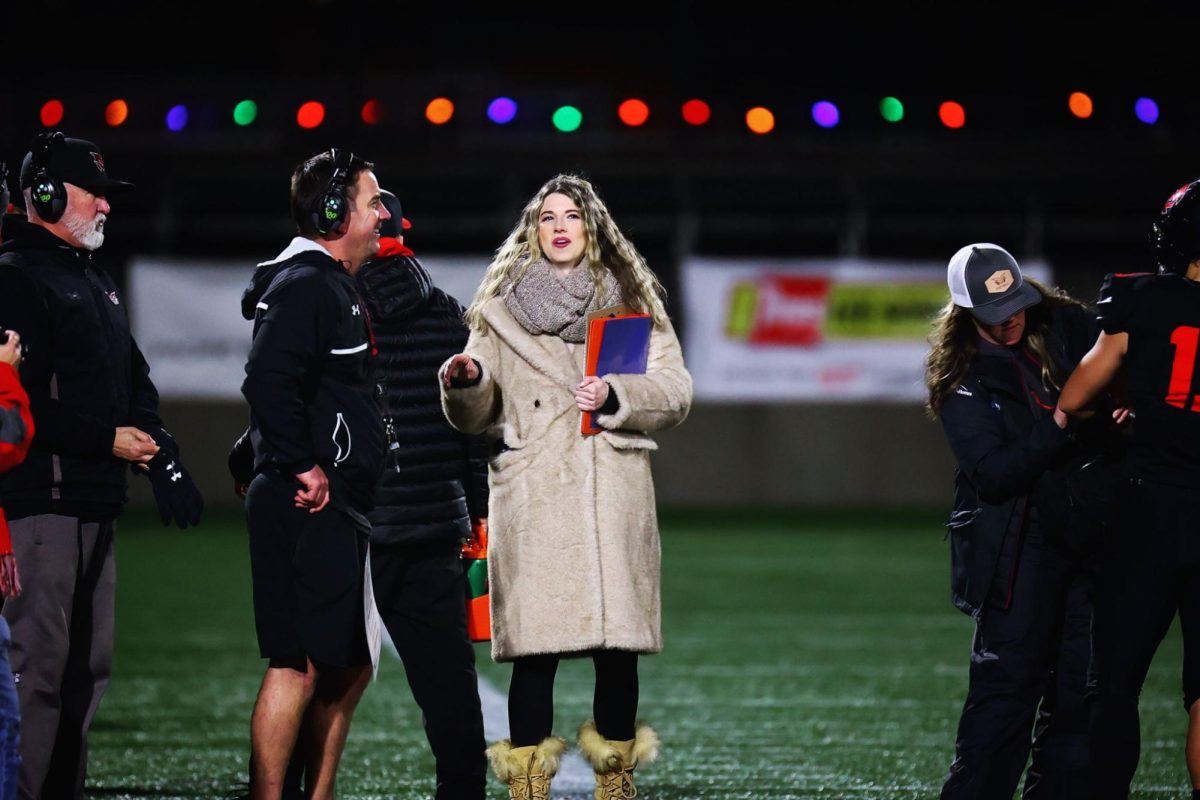


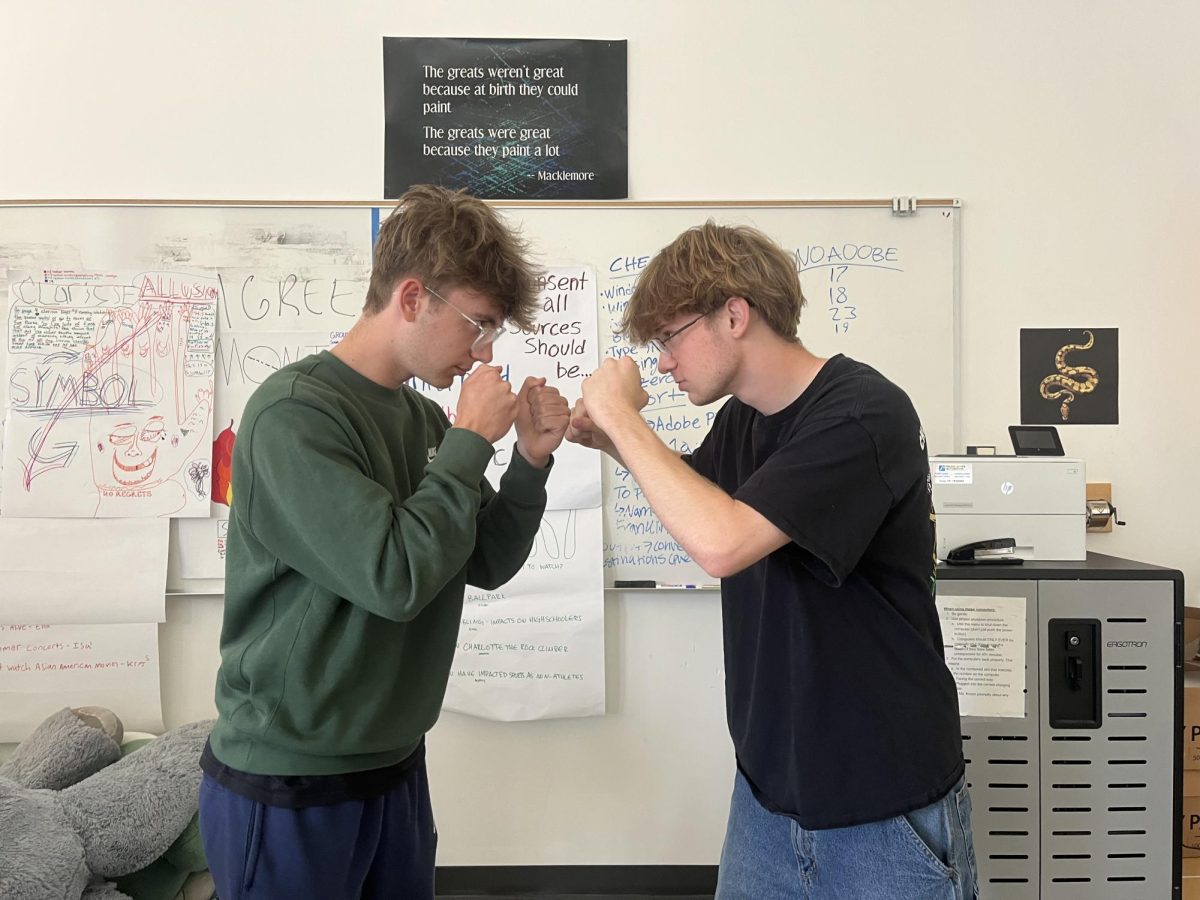




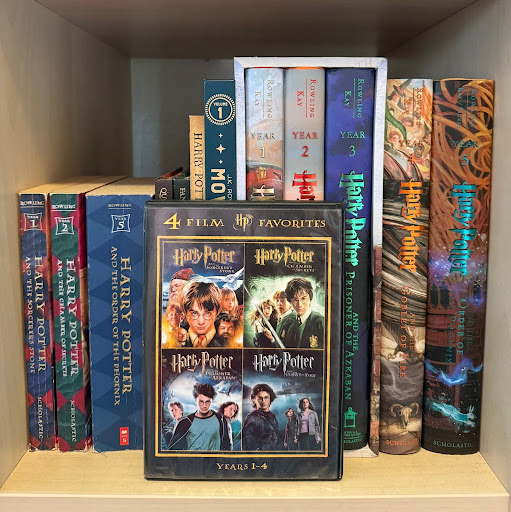
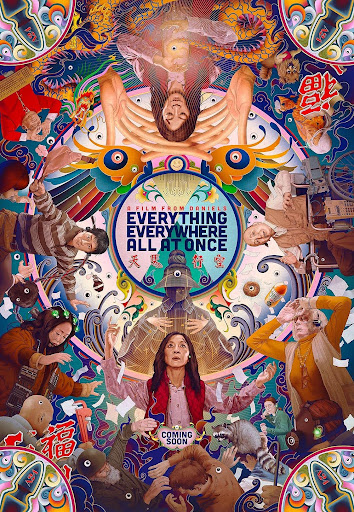


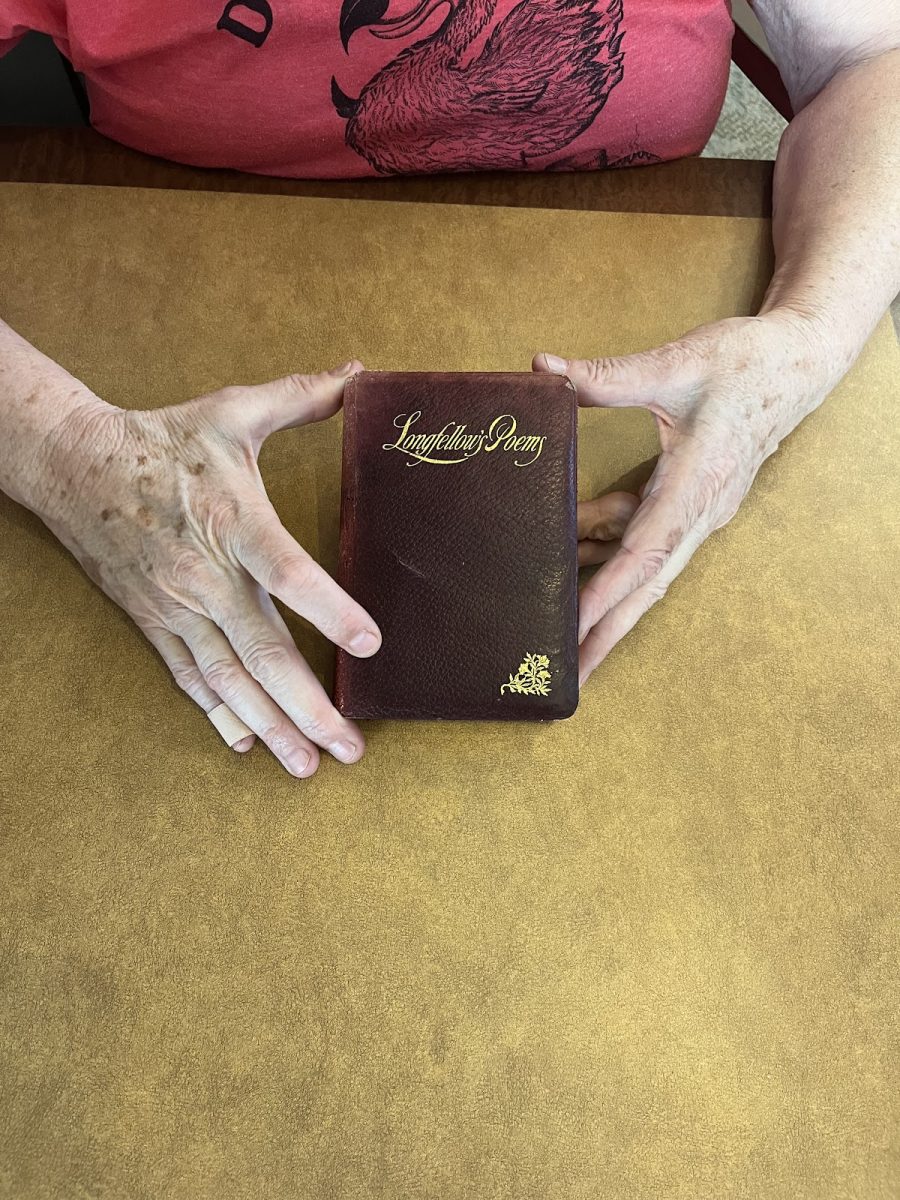

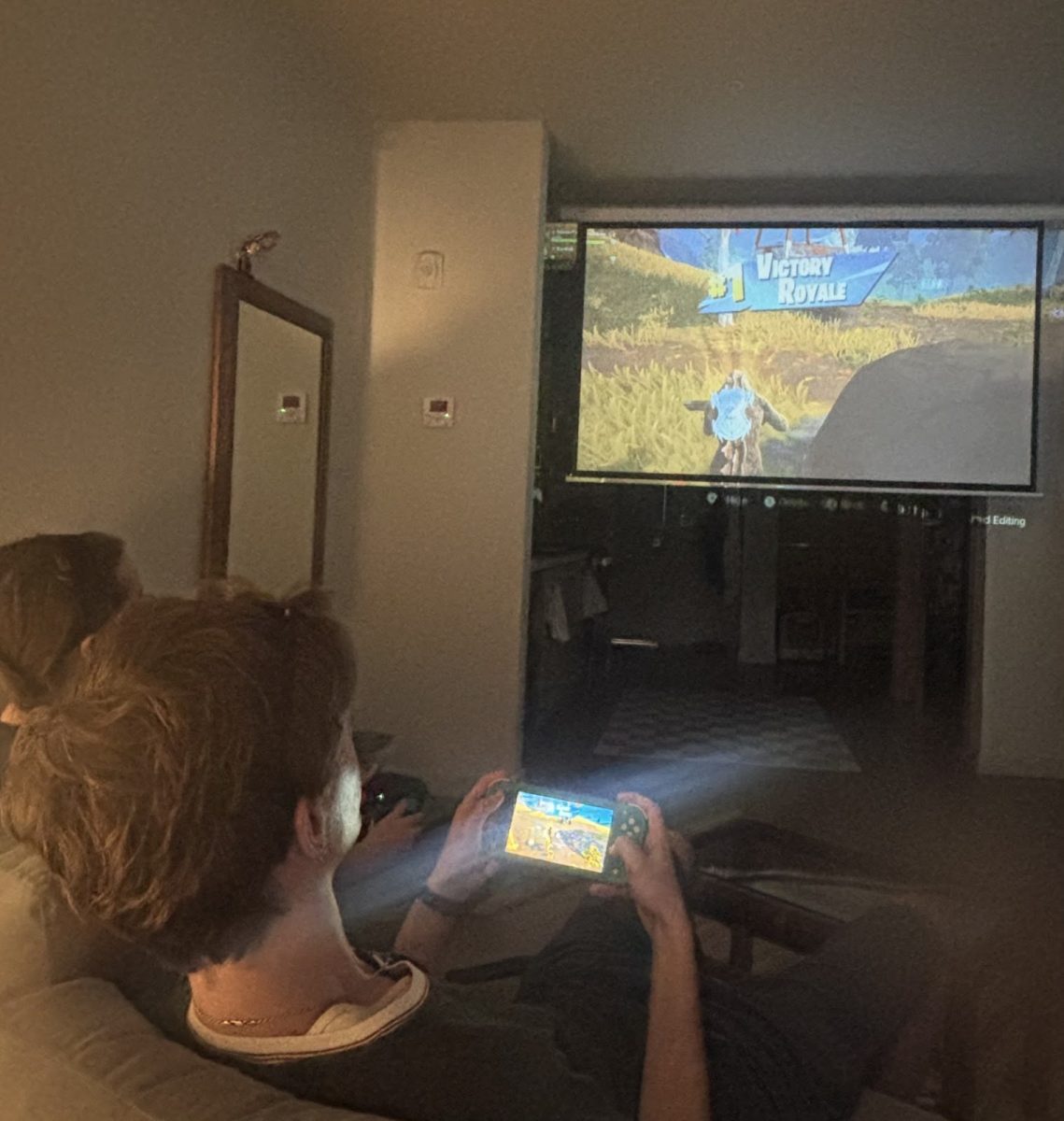
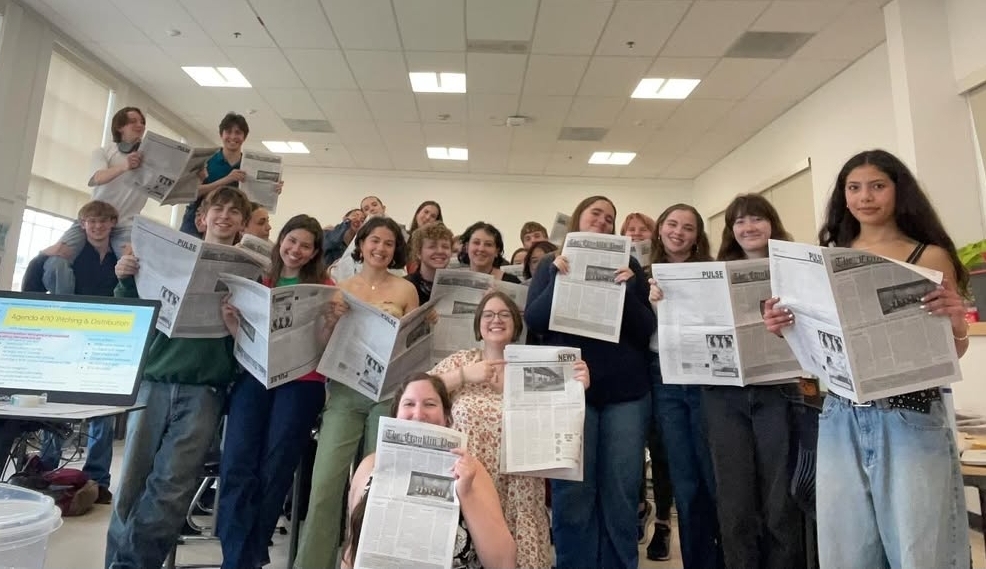
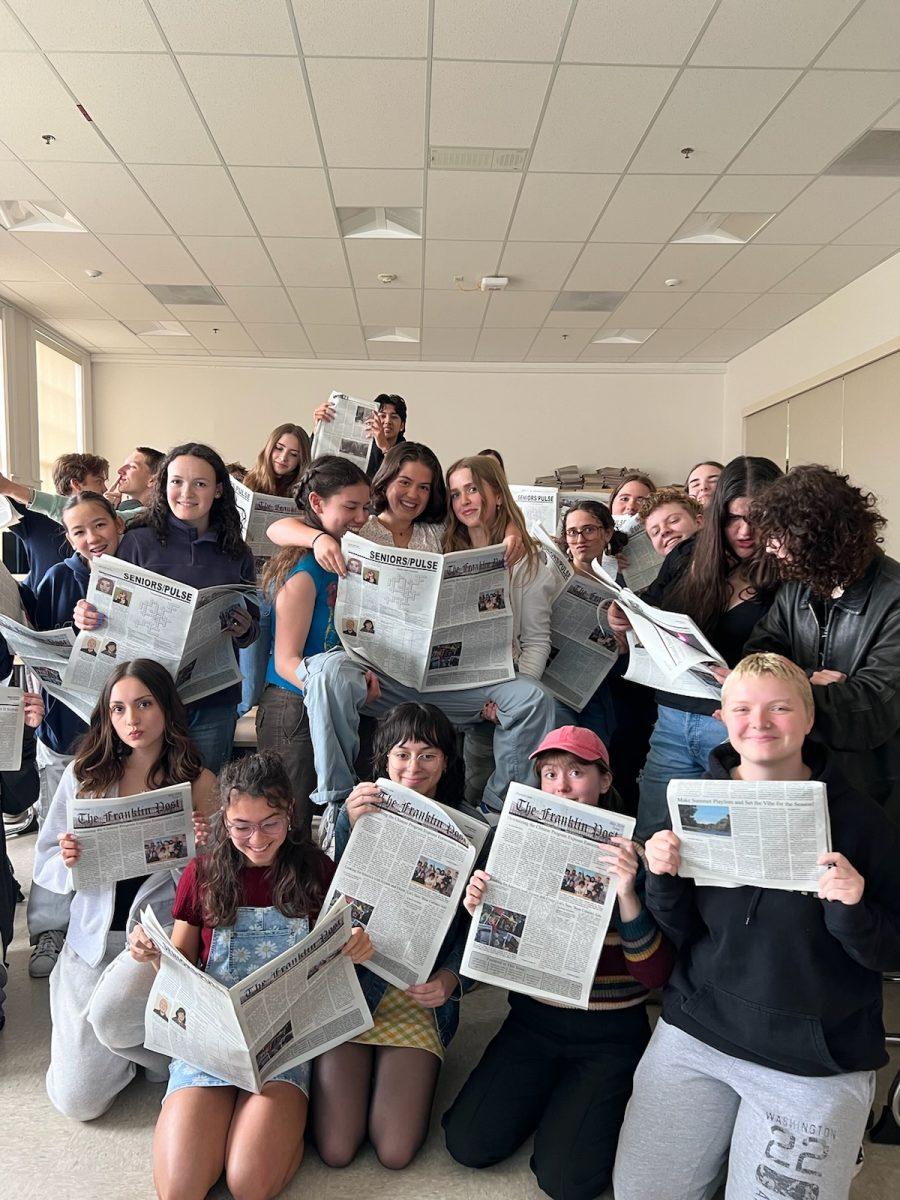
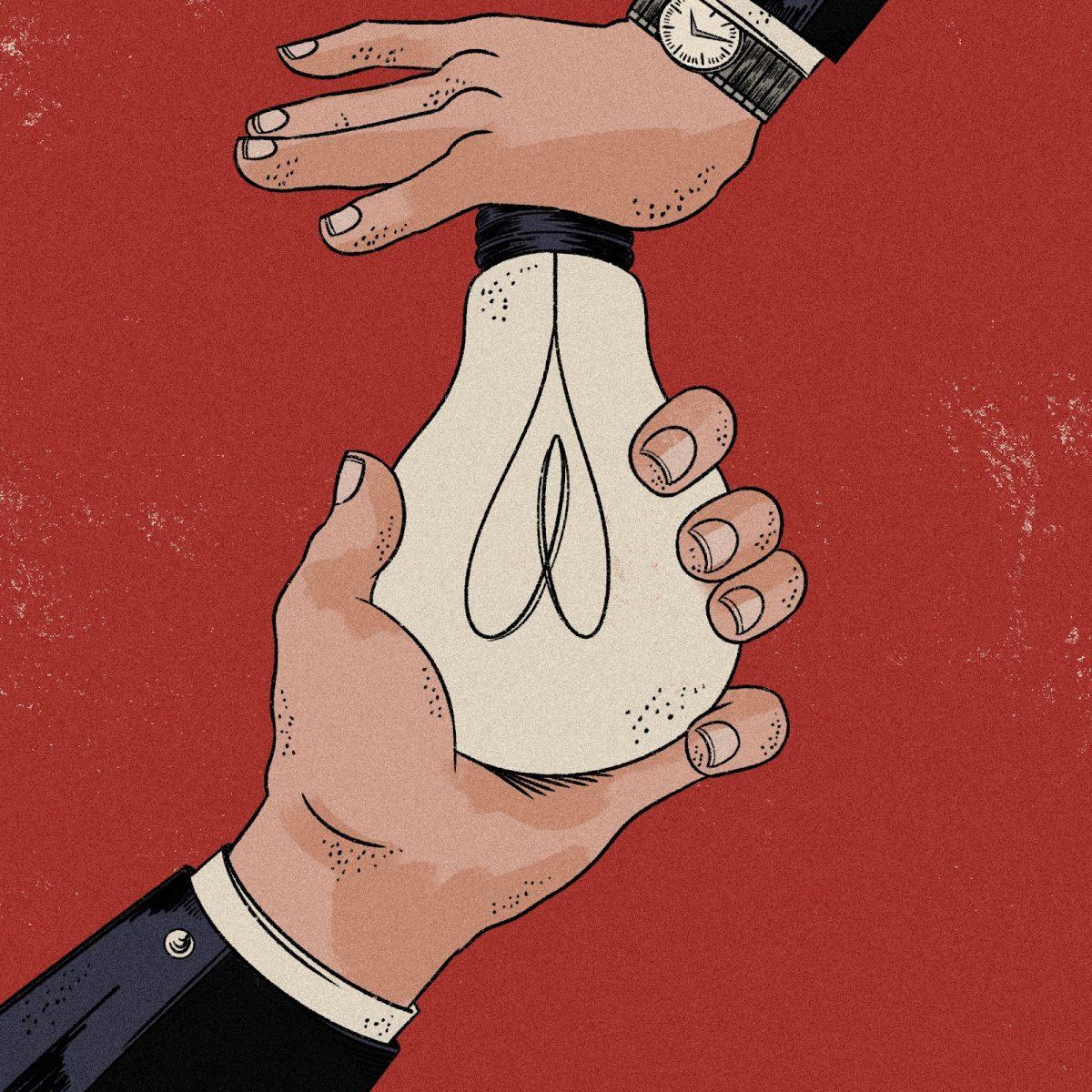
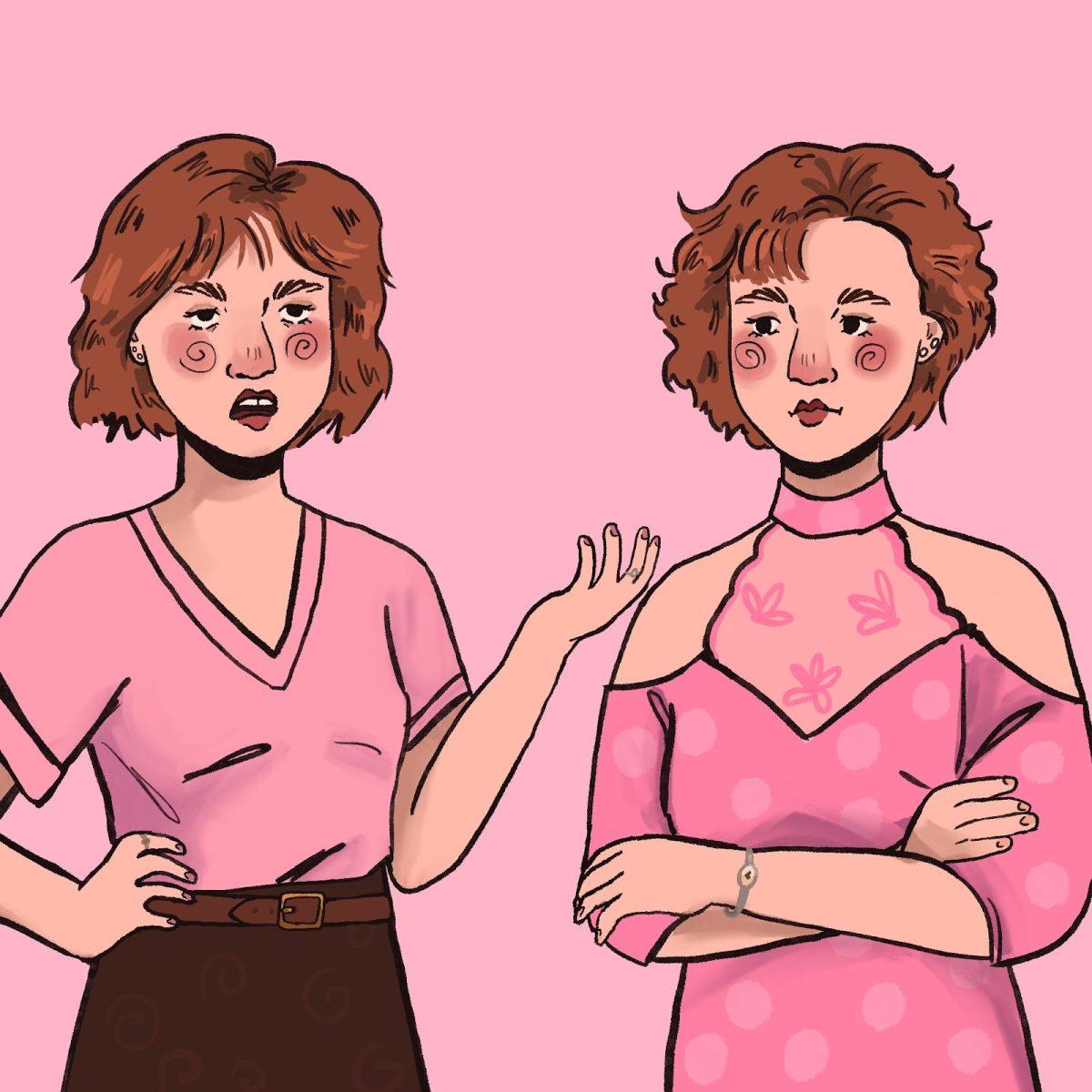
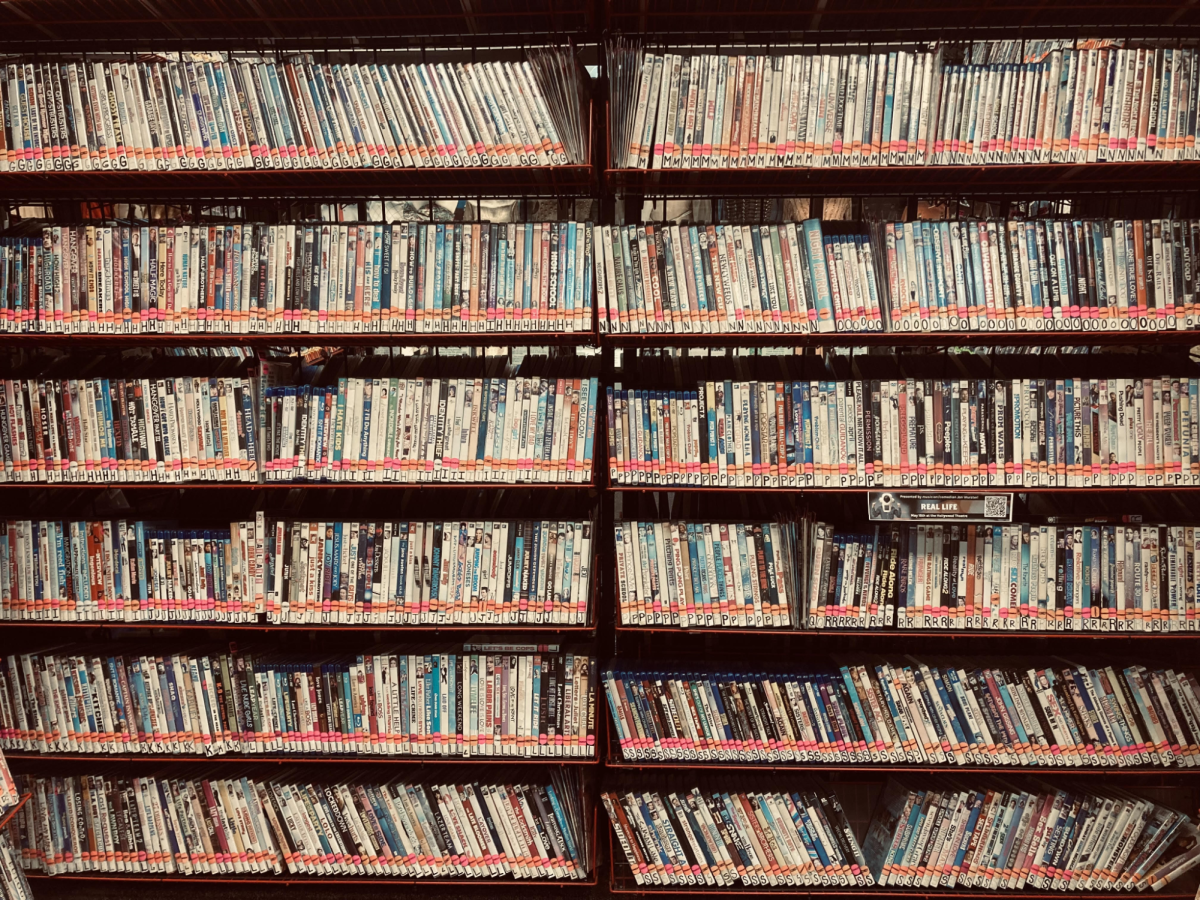
Sophie • Feb 21, 2025 at 8:02 am
I totally agree! I was 13 in 1984. I watched all of these movies. Plus, I grew up in a suburb north of Chicago near to the fictional Shermer IL in the films. Men always defend these movies. I see them now as live action cartoons. But as a girl, these movies messed me up. These movies taught me that my experiences and concerns weren’t serious. That attention from a boy would solve everything. And that I should laugh along when being humiliated or else I’d be a jerk. How I wish Molly Ringwald would just stand up in the middle of a scene and walk off the set, flipping JH the bird on her way out.
Hal Martin • Jul 22, 2024 at 8:55 am
I read this on the toilet. Appropriate.